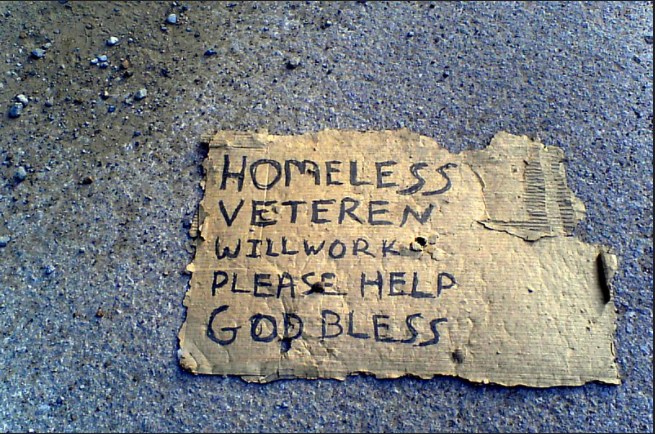Advocates warned that ending pandemic financial protections, combined with ongoing housing problems in recent years, could lead to an “unprecedented wave of homeless veterans” in the coming months.
They’re pushing for more resources to help those vulnerable veterans but also intervention from federal and local officials to maintain those protections for a little longer, to prevent a potential tragedy.
“We shouldn’t necessarily be ending these eviction moratoriums and foreclosure breaks,” said Kathryn Monet, chief executive officer for the National Coalition for Homeless Veterans. “I don’t think the economy has recovered to a point where people are able to cover all of these expenses.
The Support Program Should Continue
“We need to continue doing this, not forever, but until people can get back on their feet.”
But that idea received pushback from some Republicans on the House Veterans’ Affairs Committee, who argued that as communities reopen after months of pandemic restrictions, business practices and regulations must return to normal.
And Veterans Affairs officials said that despite the looming challenges, they are optimistic about the opportunities ahead to finally end veterans homelessness in America.
“We have the expertise and experience that generated significant declines in veteran levels of homelessness in the past, we have leadership commitment and support, and we have unprecedented resources and statutory flexibility,” Keith Harris, director of clinical operations of VA’s Homeless Programs Office, told committee members.
“Now is the time to recapture momentum and finish the job.”
Federal officials in 2010 set the goal of ending chronic veterans homelessness in the United States. The levels dropped by nearly half from 2010 to 2016.
But the figures have largely plateaued since then, and in March officials from the Department of Housing and Urban Development announced that the number of veterans without stable housing across the country rose slightly from 2019 to 2020, to about 37,250 individuals.







You must be logged in to post a comment.